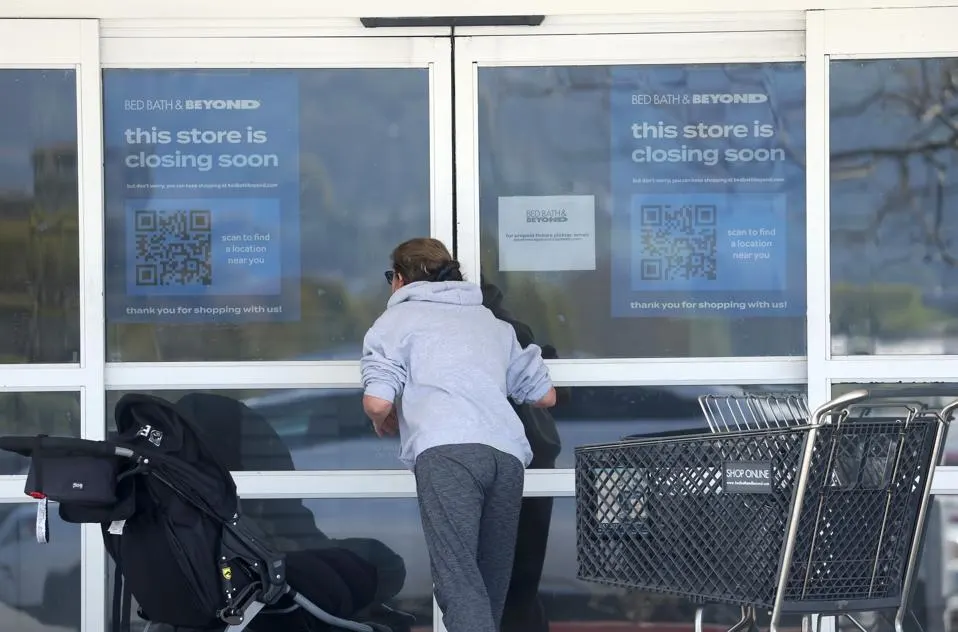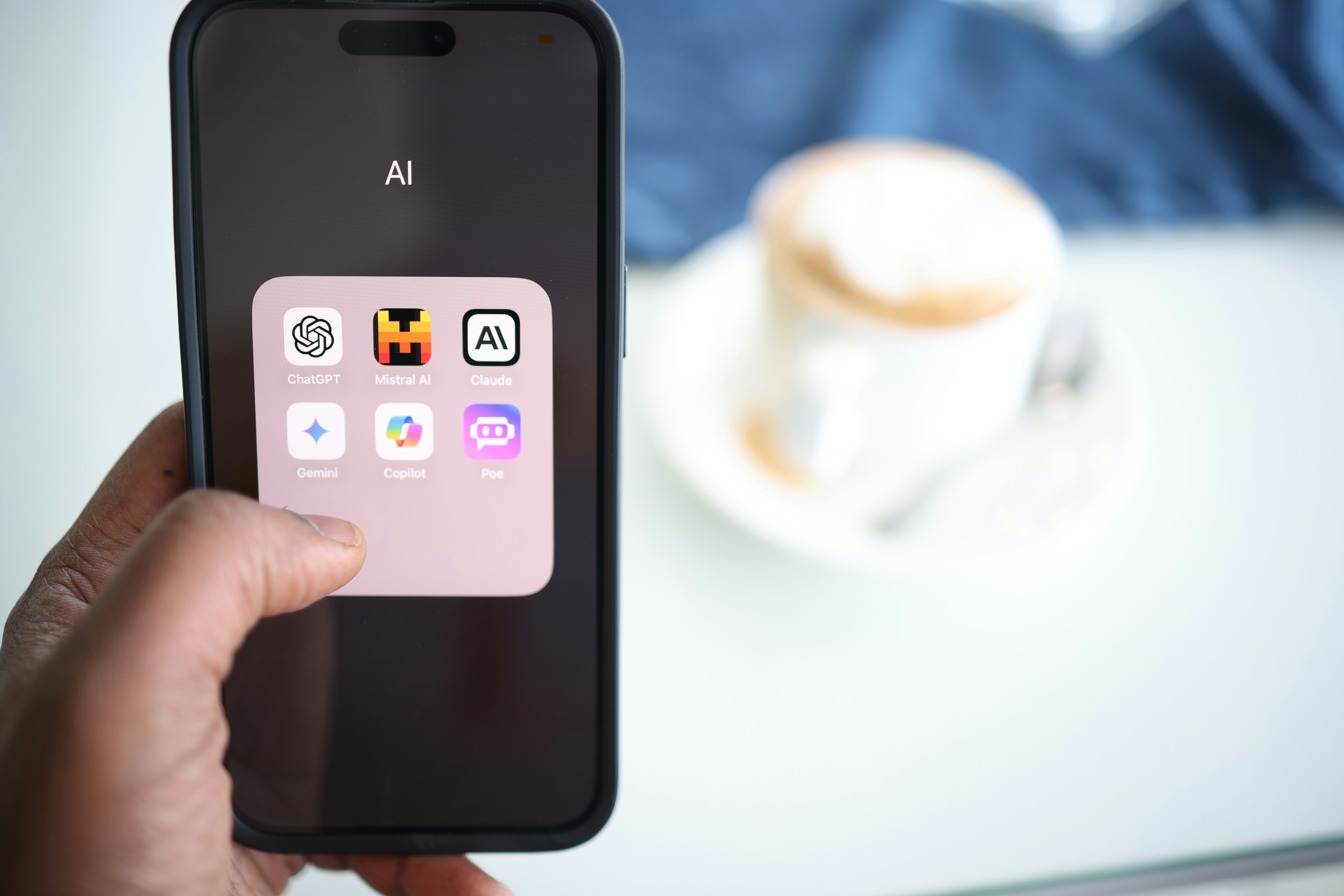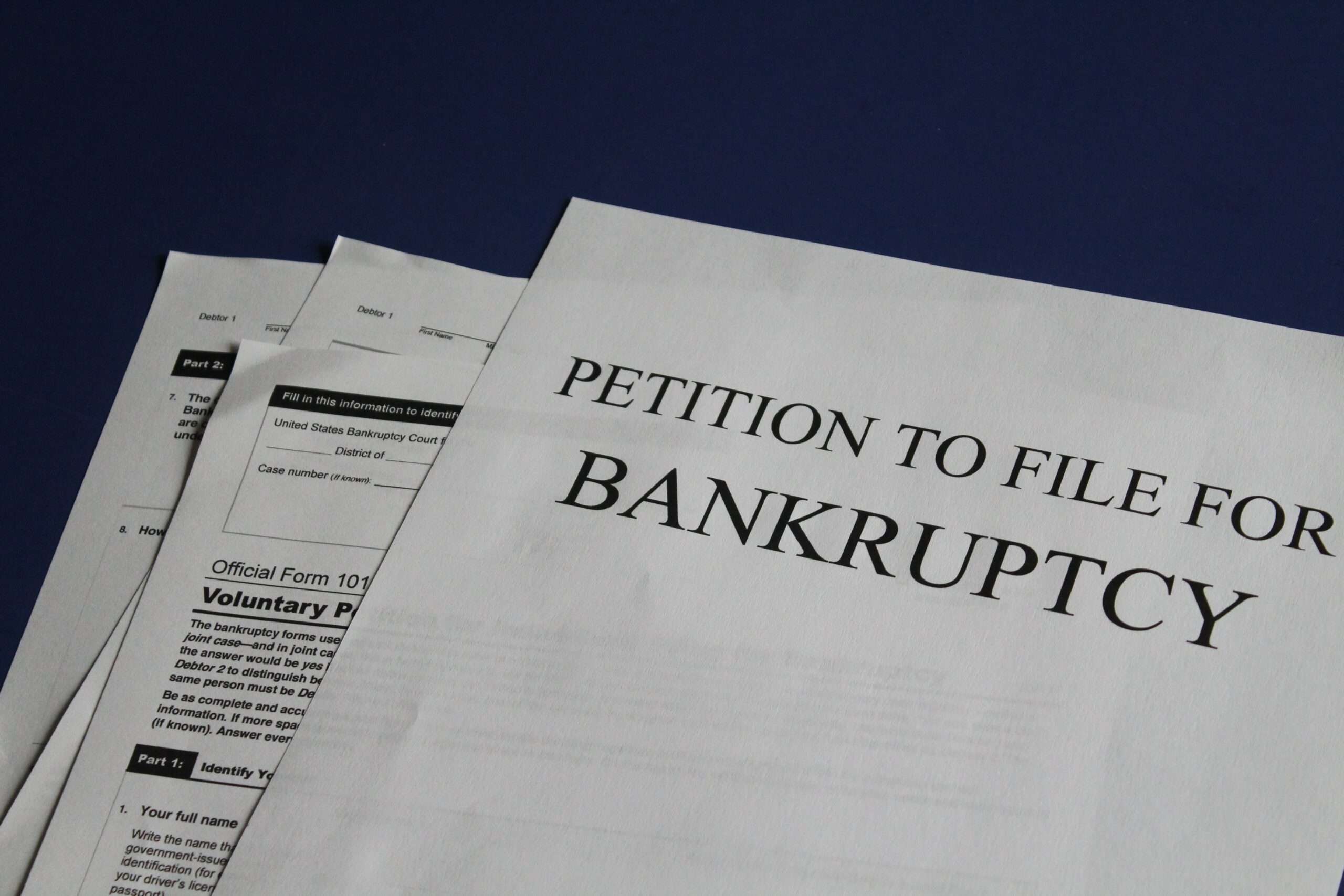
Bed Bath & Beyond BBBY -15.7% filed for bankruptcy on April 23, according to the Wall Street Journal.
BBY — which was founded in 1971 and went public in 1992 — will eventually close all its retail stores, noted the Journal, and the retailer has obtained $240 million from Sixth Street Specialty Lending “to fund its operations in bankruptcy,” according to the New York Times NYT -0.1%.
BBBY will keep some stores operating in the near term. According to a company statement, these include “360 Bed Bath & Beyond and 120 buybuy BABY stores and websites…as the company begins its efforts to effectuate the closure of its retail locations.”
Since peaking at nearly $81 a share in January 2014, BBBY stock has lost almost all of its value — trading under 7 cents a share on April 24.
While BBBY withstood competition from Amazon, its ultimate demise was due to a self-imposed disaster. In 2019, activist investors won control of its board and hired a CEO who heedlessly forced the private-label strategy he devised for Target on BBBY customers.
No longer finding the goods they expected on BBBY’s shelves, customers bought them elsewhere. That sent sales down and left banks and suppliers in the lurch.
BBBY’s Last Gasp
BBBY has been on its deathbed ever since BBBY board member, Sue Gove, took over in October 2022 as CEO after the June 2022 departure of Mark Tritton — the former Target executive hired in 2019 to revive the retailer.
The 2022 holiday season marked BBBY’s last stand. Its death motion included taking out a $375 million loan to get through the holidays, delaying its bankruptcy in February with “an unusual” $1 billion hedge fund financing deal as it cut costs and closed hundreds of stores, scrapping that deal in April and failing “to raise $300 million from investors [through a share sale],” the Journal reported.
To be sure, the rise of Amazon — where customers can buy all the same merchandise at a lower price — did not immediately drive BBBY out of business. As the Times reported, BBBY’s stores “full of towels and kitchen aids — all available at a reduced price with that big blue coupon,” kept shoppers coming back after the 2008 financial crisis while rivals such as The Sharper Image and Linens n’ Things went bankrupt.
For decades after its founding, BBBY provided consumers with a very compelling value proposition. Its founders used their limited capital to buy merchandise — which they piled to the ceiling — rather than spending on fancy stores and later the technology and processes needed for e-commerce. Store managers stocked what local shoppers wanted. And BBBY offered 20%-off coupons in lieu of spending on newspaper circulars, noted the Journal.
Why BBBY Went Bankrupt
Legendary retailers fail in a predictable way. Their founders preside over rapid growth and market leadership. After the founders step back, aggressive rivals go after their customers and they lose market share.
They hire so-called professional CEOs from well-regarded rivals who bullheadedly apply what worked at their previous employer while skipping the crucially important step of listening to customers and giving them more of what they need than competitors do. That final failure sends the once-proud retailing icon into bankruptcy.
This brings to mind the 2008 bankruptcy of electronics retailer Circuit City. As I wrote in November 2021, Circuit City’s bankruptcy was due to its inability to pay back the money it had borrowed to stock its shelves with inventory that customers were not buying.
In applying the so-called five whys analysis — a process originated by industrialist Sakichi Toyoda in which an analyst seeks to get to the bottom of a problem by asking “why” in a chain of questions and answers — it became clear that Circuit City was solving the wrong problem: trying to boost its earnings per share so its CEO could earn a big bonus.
How so? Customers did not buy the products that Circuit City had on its shelves because they were shopping at Best Buy BBY +1.6% and Amazon instead. The reason for that was a huge spike in customer complaints about Circuit City’s service (along with its poor locations and failure to stock merchandise that customers wanted).
The poor service ratings came in the wake of Circuit City’s decision to replace 3,400 experienced salespeople with 2,100 lower-wage inexperienced people. The CEO did this to lower costs — which boosted EPS enough to trigger his receipt of a $7 million bonus in 2007 — the year before Circuit City flamed out.
Five Reasons Behind BBBY’s 2023 Bankruptcy
BBBY burned through its cash because of its decision to force a strategy that worked for Tritton at Target — private label products — onto a very different group of customers.
Here is how I applied the five whys analysis last September the point that marked the beginning of BBBY’s end.
BBBY’s cash position was deteriorating. According to its financial report, for the quarter ending May 2022, it had about $108 million in cash. Yet on August 31, the company estimated that it had burned through $325 million in cash on the quarter ending that day.
BBBY was short on cash because its costs were higher than its revenue. How so? That $325 million in negative free cash flow came during a quarter in which its sales fell 25% from the previous year. What’s more, BBBY forecast a 20% decline in sales for the full year.
BBBY’s financial condition has since gotten worse. This January, the retailer’s banks decided it lacked the funds to repay them after it defaulted on its credit lines. In February, BBBY closed a deal with a hedge fund to raise $225 million and more over the following 10 months as the retailer closed stores and cut costs. In April, it canceled that deal as its stock fell — ultimately failing to raise $300 million by selling new shares.
BBBY’s revenue — down 33% in the quarter ending November 2022 — was falling because consumers were not buying enough of the merchandise on its shelves.
That’s because under Tritton’s direction, BBBY replaced what customers wanted to buy — such as All-Clad cookware, OXO kitchen gadgets, and Mikasa china — with so-called private label goods. When customers saw store brands were replacing what they were seeking, they walked out empty-handed.
A case in point was a store in Irvine, Calif. As I wrote in July 2022, PJ Gumz, the store manager who left when BBBY closed her location, said, “We’d get large quantities of stuff that we couldn’t sell. [We] once got a shipment of 95 purple rugs under the Wild Sage private brand that [we] had to discount by 80%.”
In November 2019, BBBY hired Tritton as CEO after his stint as Target’s Chief Merchandising Officer. His appointment culminated a successful battle by activist investors — Legion Partners, Macellum Advisors and Ancora Advisors — to appoint four BBBY board members and ultimately, Tritton, noted the Times.
Until Tritton took over, local store managers bought 70% of merchandise aiming to satisfy local tastes. He rescinded their merchandising authority and forced them to discount the branded goods on BBBY’s shelves to make way for the private label merchandise — all without asking customers how they would react to the changes.
Tritton helped oversee a successful turnaround at Target that included stocking its shelves with private label products — which were more profitable than branded ones — and improving the customer in-store and online experiences. He argued that what worked at Target would work for BBBY as well.
BBBY’s board thought what he did at Target would work at BBBY. A 2019 statement from Patrick Gaston, then BBBY’s chair, said “Mark’s ability to re-define the retail experience and drive growth at some of the world’s most successful retailers and brands” would help solve BBBY’s problems.
In June 2022, BBBY replaced Tritton — which made me think its board had miscalculated. BBBY should have hired someone like Hubert Joly — who, as I wrote in Goliath Strikes Back, crafted a winning turnaround strategy for Best Buy by first listening to employees and customers.
What’s Next For BBBY Stock?
If you own BBBY stock, you will likely take a loss.
There was hope for you a year ago when GameStop GME +2.9% chair Ryan Cohen got involved with BBBY. But Cohen — whose RC Ventures made an $88.1 million profit on his $121 million investment in the retailer, according to Benzinga — bailed “five months after appointing three board members, [He] sold his shares in the company, sending its value plummeting,” reported NBC News.
In its bankruptcy filing, BBBY said at the end of November its total debt of $5.2 billion exceeded assets by $800 million. It owes money to “between 25,000 and 50,000” creditors — Bank of New York Mellon BK +1.2% “with a claim of $1.18 billion” is its largest unsecured creditor.
In the bankruptcy process, BBBY shareholders are last in line to get paid — after all those creditors — when the company’s assets are liquidated. Simply put, bankruptcy is unlikely to leave any cash for shareholders.
With sadness, BBBY’s once loyal customers have moved on. Sheryl Bilus, a 68-year-old retired bank manager from Canton, Ga. told the Journal that she lost faith in BBBY in 2021 when it substituted a private label food processor for the Cuisinart ones it previously stocked.
As she said, “They used to be my go-to place for bedding, appliances, anything I needed for the house. Now, I buy all of that on Amazon.”
The lesson for business leaders? Before imposing a new strategy, make sure it solves the right problem more effectively than your sharpest competitor does.
The author of the article is Peter Cohan and it was first published here.
Photo by Melinda Gimpel on Unsplash.

 5.0
5.0 



















